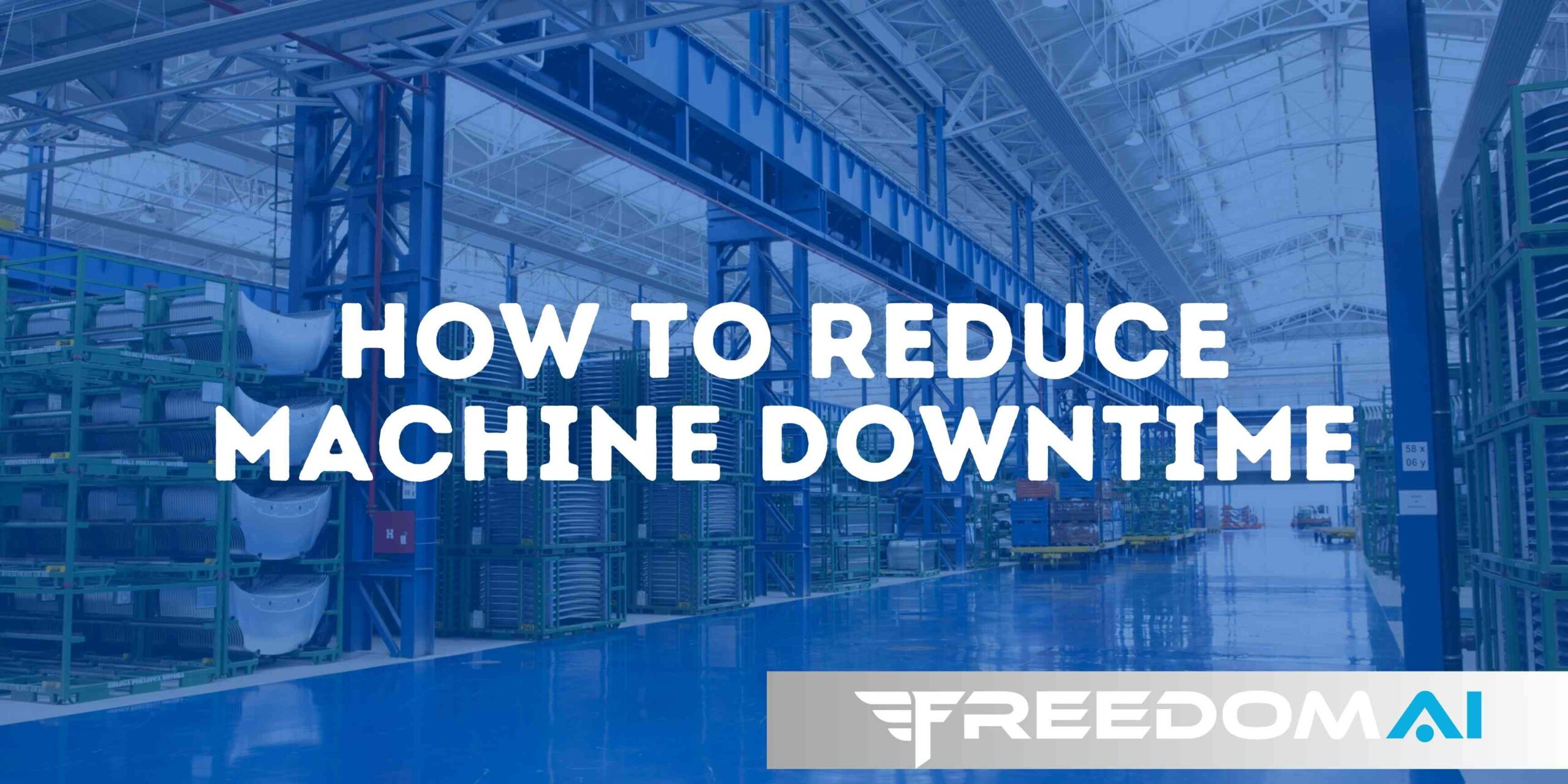There are many misconceptions when it comes to IoT challenges in manufacturing. In this article we will not only address many IoT Challenge myths but debunk them as well.
First off, let’s understand IoT: The Internet of Things (IoT) is a system of interrelated computing devices, mechanical and digital machines, objects, animals or people that are provided with unique identifiers and the ability to transfer data over a network without requiring human-to-human or human-to-computer interaction. There are many IoT devices in the market that can integrate with an IoT system such as the FREEDOM® platform. IoT devices include wireless sensors, software, actuators and computer devices that can help communicate real-time data to understand potential bottlenecks, efficiencies, inconsistencies, etc.
Now that you are acquainted with what IoT data and IoT devices are, you can begin to understand that this type of technology, though intimidating at times, can and will change the manufacturing landscape as we know it.
Common IoT challenges preventing implementation
Some of the most commonly discussed IoT challenges that prevent implementation are the financial investment risk and legacy infrastructure. From a financial standpoint, the investment may vary drastically depending on the number of IoT devices connected and platform used. However, one constant is that there is an upfront investment for implementation. From an infrastructure outlook, one may question the financial implication of working with older equipment. Questions like, “how can you achieve manufacturing efficiency with outdated systems and machinery?” are often asked. There are many variables and questions asked when incorporating new technology with older machinery which could cause hesitation in adopting any IoT projects and new technology.
Like any new evolution in technology, some people feel threatened by IoT. The thought of artificial intelligence (AI) tends to be intimidating due to machines abilities to respond and react in different situations. Long were the days where advanced technology was tapping an assortment of numbers on a keypad to make a phone call or inputting a command on a keyboard to open a file. AI is turning that dynamic on its head by creating technologies that adapt to us rather than the other way around – new ways of interacting with computers that won’t seem like computing at all.
Some of the biggest IoT security challenges are with the amount of data, and more specifically IoT data that are extracted from connected devices which can become difficult to manage and quite overwhelming. In a world where hundreds of thousands, if not millions of IoT devices are outputting more and more data, one may begin to question how safe their data is.
Why these IoT challenges are myths
History tends to repeat itself. There have always been and always will be people who resist change and more importantly technology. In 1983, Motorola introduced cellphones in the United States and were immediately dismissed as toys for the rich. Fast forward 30 years and the vast majority of Americans – 96% – now own a cellphone of some kind. Change is inevitable and technology is a big part of that.
Let’s debunk the first myth of financial investment risk: With any financial investment there is risk and there is reward. When it comes to IoT, the rewards outweigh the risk. Using our FREEDOM Platform, customers have documented productivity improvements of up to 50% and an ROI realization of 12 months or less. By utilizing big data, you are shedding light on where any and all bottlenecks and deficiencies in the manufacturing process are. The great part about it is, visibility is in real-time and the opportunity for changes can be made immediately because in the manufacturing world, time equals money.
Another common myth about legacy systems not allowing for connected devices is false as well. The FREEDOM Platform can plug into any industrial asset on the planet. Whether a 30-year-old CNC machine or a brand-new laser welder, sensors can be used to abstract data for analyzation. Regardless of machine type, control type, or process, FREEDOM is a manufacturing software tool that can liberate data from any industrial process to provide valuable insights related to your production.
From an IoT security standpoint, cloud data storage gives you unmatched accessibility and flexibility and can access stored files and data on any internet-connected device. Cloud data storage is also much safer due to the encrypted form in which it is stored. Another key security factor is that the data is always backed up in the cloud compared to data on a hard drive which could potentially crash and be prone to data breaches.
You can find accurate information about IoT in many places online, but due to the influx of information on the internet about smart manufacturing, IoT, and IIoT that makes it difficult to know what publications to pay attention to. At FREEDOM, we know smart manufacturing – with our Smart Manufacturing Platform we stay up-to-date on industry trends, insights, and publications around these topics.
How to overcome IoT myths and challenges for implementation
Here are some of the pros of IoT implementation:
- Efficiency – Machine-to-machine interaction provides for better efficiency, enabling people to focus on other jobs.
- Cost savings – In addition to the optimal utilization of energy and resources, IoT helps alleviate the problems associated with bottlenecks, breakdowns and system damages.
- Communication – IoT allows physical devices to stay connected and better communicate, which creates greater quality control.
- Instant Data Access – More available information helps simplify the decision-making process, making life easier to manage.
Here are some of the cons of IoT implementation:
- Adoption – At times it can be tough to break up a habitual workforce that has a standardized process. However, with hard work and collaboration, this is an easy thing to overcome.
- Different Jobs – A misconception of IoT is that technology will replace jobs. Incorporating IoT, allows people to be deployed efficiently and seeded elsewhere to help strengthen the manufacturing process. Breaking down this barrier is key to succeeding with the workforce.
The real barriers to IoT implementation are not the IoT devices, data or even the artificial intelligence but the individuals within the four walls. Organizations that successfully incorporate smart manufacturing must experience a top-down shift from a process-first mindset to a culture-first mindset, effectively prioritizing the people side of the business. By building a culture that supports smart manufacturing, a company can truly move forward and join “industry 4.0.”
Strategies to maximize the potential of IoT
You can capitalize on IoT by educating yourself fully and understanding IoT for manufacturers. Strategizing within your four walls what best IoT solution would impact your business the most and would also allow for maximizing IoT to its fullest potential. By having a defined strategy and clearly understanding IoT, you can expect a much smoother process and increased gains.
The best way to use IoT to help your business succeed are to develop IoT initiatives. You can’t measure what you don’t know, and you can’t manage what you don’t measure. So, by laying out the benefits of IoT and leveraging technology, you can have clear initiatives to tackle from the top down. Lastly, by leveraging predicative analytics , you can transform data into future insights and truly understand any and all of the issues within your manufacturing process.
To learn more about IoT in manufacturing or to request a free demo, email us at info@freedom-iot.com





